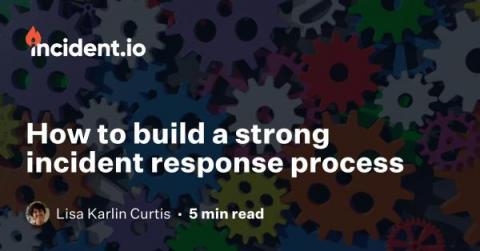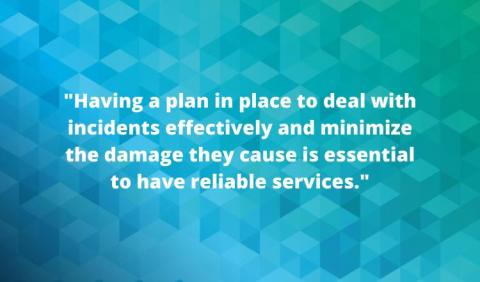How to Pick the Best Incident Response Software
With the rising complexity of our digital ecosystems, incidents are occurring at an unprecedented rate. To combat the additional strain, incident responders are looking to software to help them establish a scalable, repeatable incident response process that reduces toil and noise and gets the right people on the scene at the right time. The best incident response software addresses the entire lifecycle of an incident.











